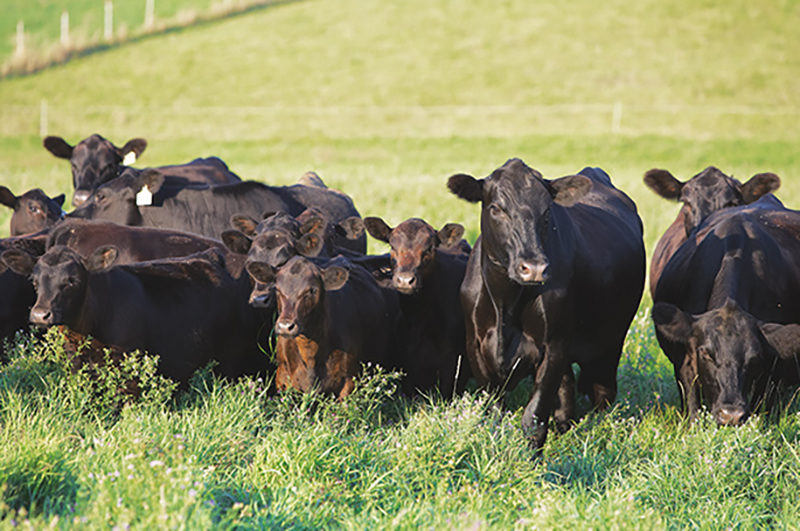Using parasiticides in cattle without considering the active ingredients in those products presents dangers for an operation. Using different parasiticide active ingredients can extend the effectiveness of parasite control products and play a significant role in the management of healthier cattle.
Some common, yet misguided, management practices can lead to an operation unintentionally increasing resistance in parasites. One type of parasiticide – macrocyclic lactones – saw the first documented case of resistance more than 16 years ago, and now Cooperia and Haemonchus parasites have been demonstrated as resistant to macrocyclic lactones in more than half of all operations examined.1 Of course parasites must be dealt with, but producers need to find a balance in their management practices.
Here are three common active ingredient families and how they work to control parasites:
- Benzimidazoles – This active ingredient family depletes energy reserves in parasite cells and inhibits the elimination of waste – actions that appear to play an essential role in having a lethal effect on worms because it prolongs the time the parasite is exposed to the drug.2
- Macrocyclic lactones – Microscopic worms experience paralyzed pharynx, body wall and uterine muscle when exposed to macrocyclic lactones, which leads to death.2 This active ingredient works by binding to receptors that open up parts of the nematode to allow the influx of chemicals that cause the paralysis.
- Imidazothiazoles – This group of parasite control products stimulates muscle contractions in worms that leads to paralysis.2
The judicious use of parasiticides with different modes of action will control parasites in a herd and also help keep products effective longer in the industry. Keep these tips in mind when developing a management plan for parasiticides:
- Dosing is based on accurate weight. Underdosing is a contributing factor to parasite resistance.3 Accurate weights help drive accurate dosing, which can help ensure product efficacy.
- Careful management practices. Small ruminant research demonstrates a trend to replace the current practice of repeated dosing of animals with a move to targeted selective treatments to animals showing clinical signs or reduced productivity.4
- Use different active ingredients to reduce risk. Most of the commonly used parasiticides are either benzimidazoles, macrocyclic lactones or imidazothiazoles. Thus, resistance to one particular compound may be accompanied by resistance to other members of the same group – also known as side-resistance.4 Theoretically, resistance may be delayed by using products with different modes of action.4
For more information on parasite control products and solutions, talk to your Zoetis representative or visit GetLessParasites.com.
References
1 Gasbarre LC. Anthelmintic resistance in cattle nematodes in the US. Vet Parasitol. 2014;204(1-2):3-11.
2 Mechanisms of Action of Anthelmintics. Veterinary Manual website. www.merckvetmanual.com/pharmacology/anthelmintics/mechanisms-of-action-of-anthelmintics. Accessed March 22, 2023.
3 Safety of Anthelmintics. Veterinary Manual website. www.merckvetmanual.com/pharmacology/anthelmintics/safety-of-anthelmintics. Accessed March 22, 2023.
4 Resistance to Anthelmintics. Veterinary Manual website. www.merckvetmanual.com/pharmacology/anthelmintics/resistance-to-anthelmintics. Accessed March 22, 2023.











